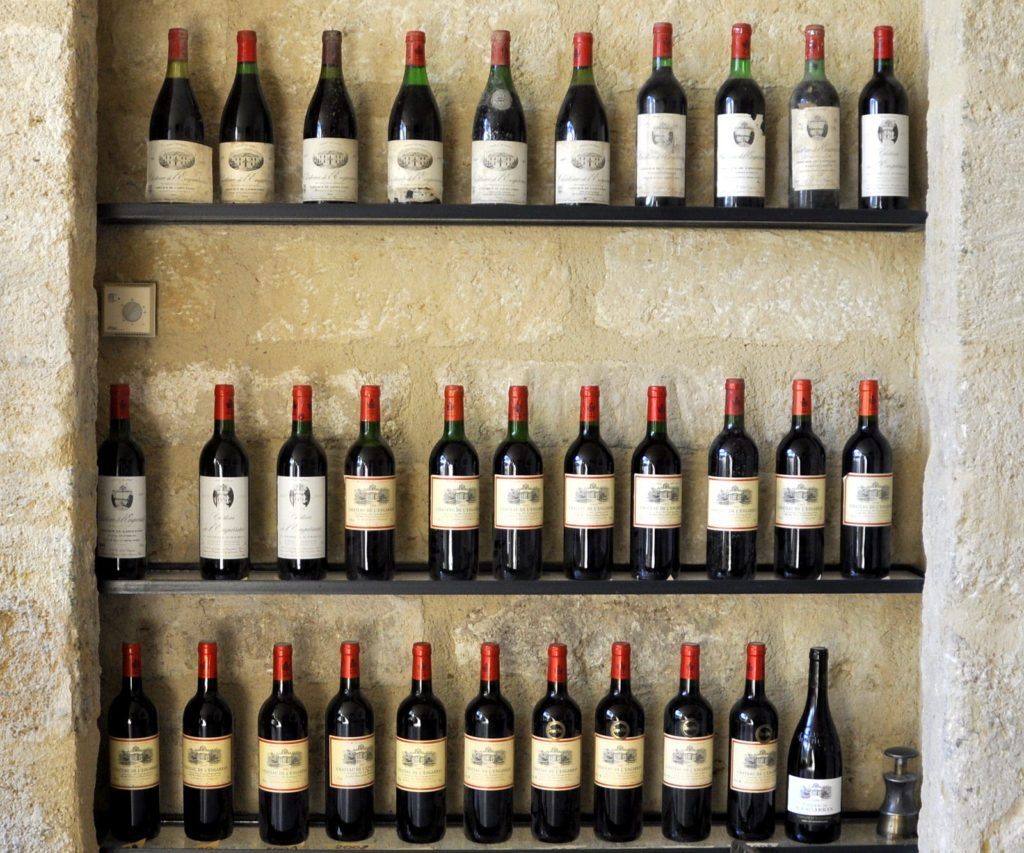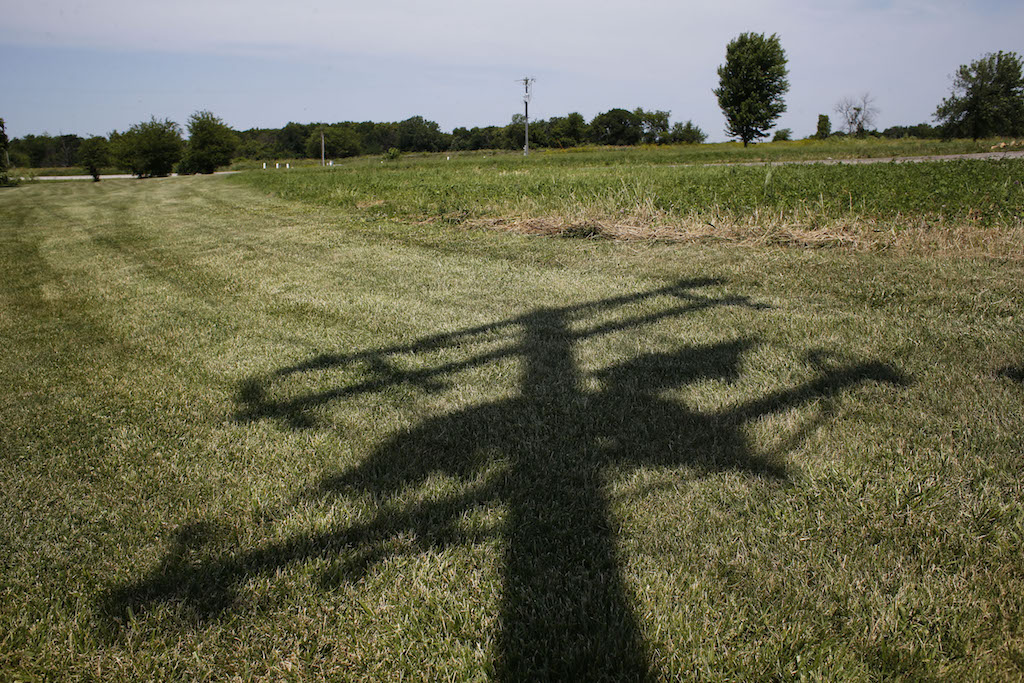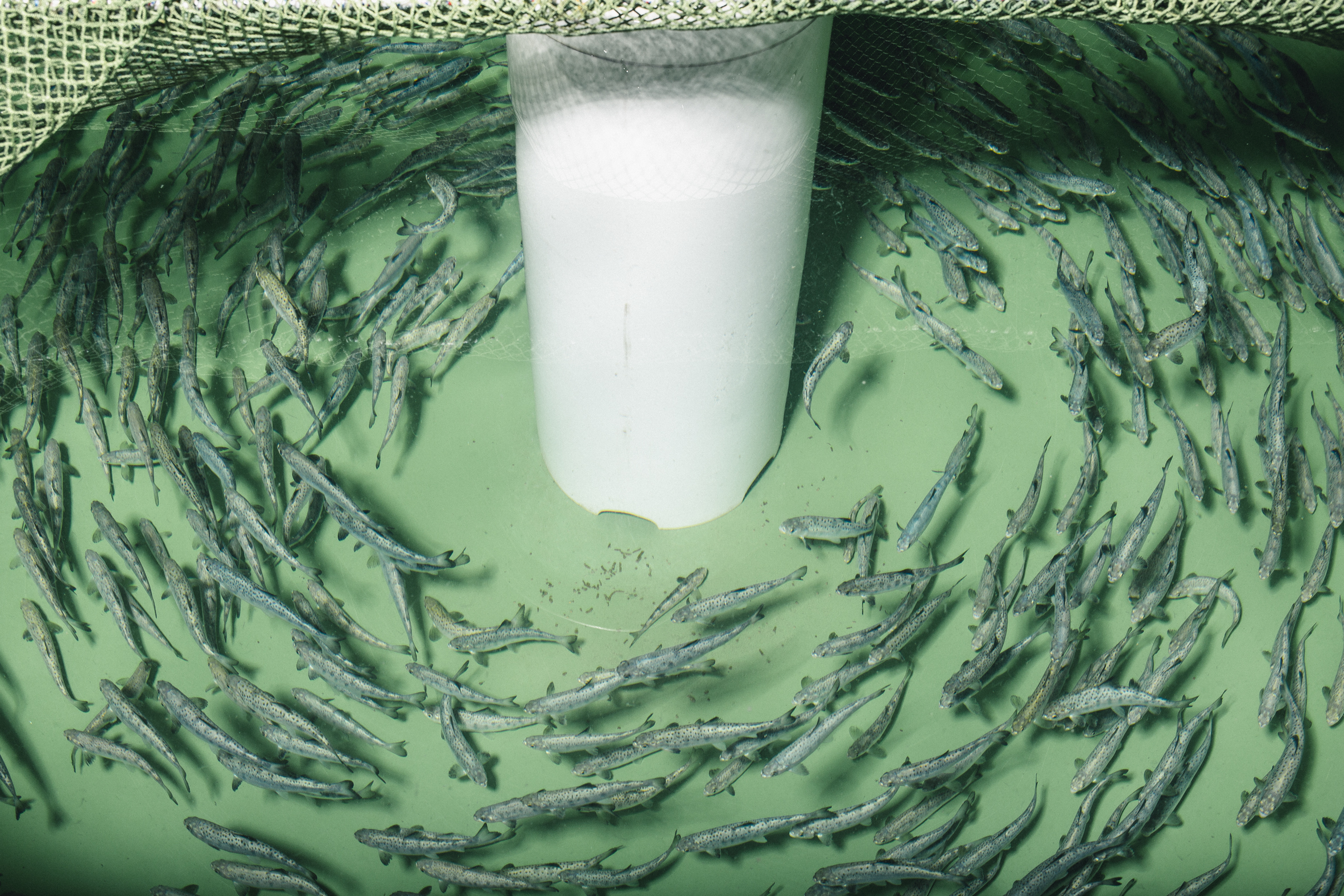Teens are expensive. A new survey finds parents spend an average of $51,790 feeding a teenager between the ages of 13 and 19. Two thousand parents, surveyed by OnePoll for frozen food purveyor FarmRich, said they spend an average of $143 buying food for their teen each week.
Other findings of note: the average teen gets annoyed after 4.5 minutes of fruitless fridge foraging, and most of them experience four hunger-related mood swings per week.
The point of the survey is, presumably, to encourage people to fill their freezer with hangry-teen-friendly FarmRich products like “boneless chicken bites” and “original French toast sticks.” So can we trust the numbers? The findings are pretty far off from the United States Department of Agriculture (USDA)’s own estimates, according to its Cost of Raising a Child Calculator. The agency’s calculator shows that middle-income, two-parent households with an annual before-tax household income of $59,200 to $107,000 can expect to spend about $3,543 to feed a 16-year-old in a year. A two-parent household with combined incomes less than $59,000 spends $2,921 feeding its teen, and households that net more than $107,000 spend about $4,724 each year. Even that high-income estimate cranks out to about $33,068 over the seven years between age 13 and 19, still well below the $51,790 FarmRich number.
There could be several reasons the numbers don’t add up. Maybe OnePoll surveyed families with more money than average, or maybe parents overestimate how much they spend on each kid. And there are other, subtler factors that might’ve muddled the data—for instance, the OnePoll survey included kids aged 18-19, whereas the USDA data caps off at age 17. If a parent is paying for a college meal plan for their 18-year-old, their food costs may skyrocket: meals at the dining hall can easily run $2,000-$3,500 per semester, which doesn’t include the cost of food during breaks from school and summer vacation.
Regardless, USDA research does back up FarmRich’s assertion that feeding kids gets more expensive as they get older, and feeding kids is also more expensive during the summer when they’re at home all the time. Whether or not stocking your freezer with Real-Life Good pepperoni pizza roll-ups saves much money (or your teen from a cranky outburst) is still up for debate.











